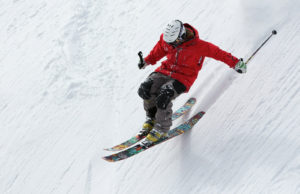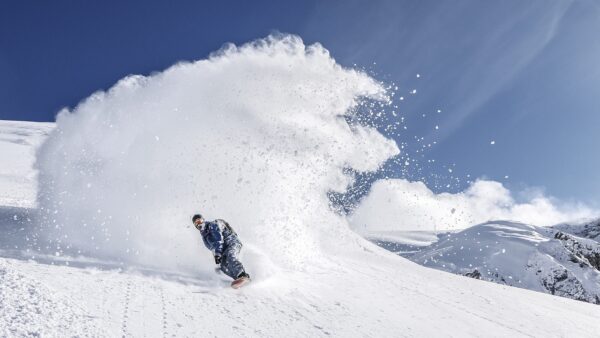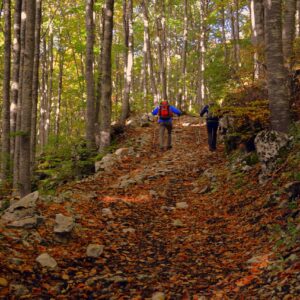In the world of skiing each discipline has different needs in order to improve athletes’ performances. Here an explanation concerning the main factors which help optimise the physiological conditions.
In a training program of a skiing athlete, the part concerning muscle conditioning is fundamental. Thanks to this technique, muscles can be trained in order to obtain a level of contraction different from the normal one.
The result is an improved muscular tone, an improved endurance and also an evident benefit for the nutritional state. This kind of training in not only a help for the athlete to reach higher levels of preparation, but also a preventive measure in case of injuries.
Sports like skiing can be practised in different forms and each one has different needs. The physiological condition of the skiing athlete changes according to each kind of discipline.
Cross-country skiing
Those who want to undertake cross-country skiing must be aware that only training on the track is not enough. During the period of the physical and athletic preparation the cross-country skier must follow some fundamental rules.
Running, as in most of the sports discipline, is at the base of the training, but the main goal of a cross-country skier is maintaining a good muscular tone.
In order to strengthen leg muscles, the most suggested training is mountain-biking, while Nordic walking, which simulates also the typical movements of the training on the track, helps reinforce arm muscles. Exercising with weights helps recharge the energies expended during the race.
Alpine skiing
In order to improve performance in alpine skiing, athletes firstly must develop strength and flexibility.
To prevent possible injuries, a two-month training session can be more than enough to be in good shape.
As a first step, they should be focused on cardio work, which must involve, above all, legs and trunk in order to simulate the movements and fatigue typical of the training on the track.
Also in alpine skiing, the expenditure of energies is considerable. For this reason athletes should train, above all, legs, because also the monitoring of speed depends on their muscular strength.
Freestyle skiing
Muscle-building is fundamental in freestyle skiing, because helps not only strengthen muscles, but also prevent bone and muscle health in case of injuries.
Also mental training is very important, because it helps not lose concentration during the physical development. In this way, body tends not to feel the fatigue.
Warm-up training exercises (the preparation before training on the track) are more difficult to do for a freestyler than for those who want to do cross-country or alpine skiing. A right compensation is required, because focusing on a certain kind of workout could compromise all the work done.
Athletes always must balance all their exercises and must bear in mind that a good performance requires a muscular training, in particular lumbar-abdomen muscles.
Ski Jumping
The first thing a ski jumping athlete must be able to do is unleashing in a few seconds an explosive strength in order to ‘fly’ as far as possible, literally speaking.
As in each other discipline concerning the world of skiing, the real training takes place out of the track.
In order to be best prepared for the jumps, athletes must do some exercises that help maintain balance and, as we have already mentioned, improve their explosive strength.
Muscle-building is also an important part of the workout, in particular while training legs and chest. The improvement of jumping skills can be achieved thanks to exercises on the ski jump.
Nordic combined
In the Nordic combined two disciplines are united: cross-country skiing and ski jumping. This combination requires specific trainings for each kind of discipline.
Athletes spend around 70% of their entire training on cross-country skiing, so they are more focused on ski roll exercise, mountain biking but also running and walking.
With regards to the jumps, warm-up exercises, focused on strength and endurance, are alternated with trainings on the ski jump. As in freestyle skiing, also in ski jumping the psychological approach is fundamental and sometimes it is a proper concentration that makes the real difference.







